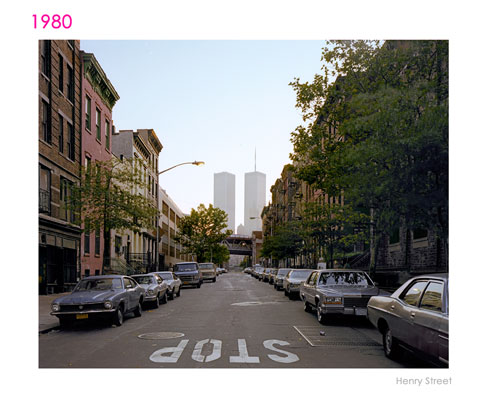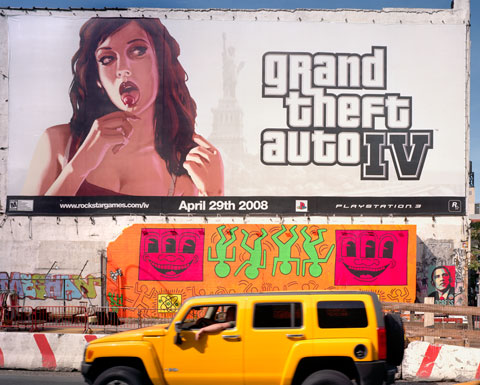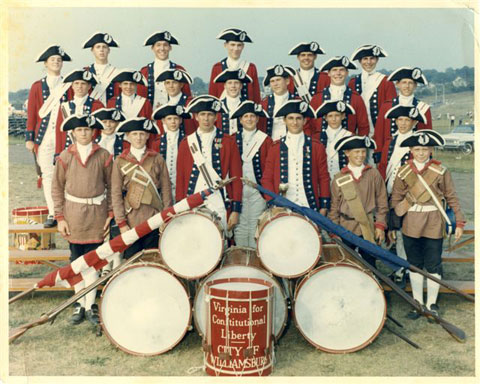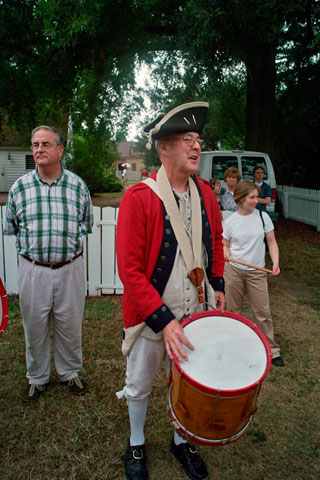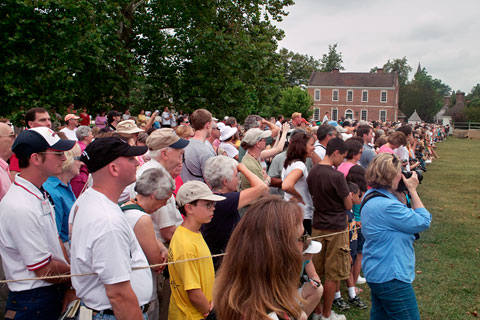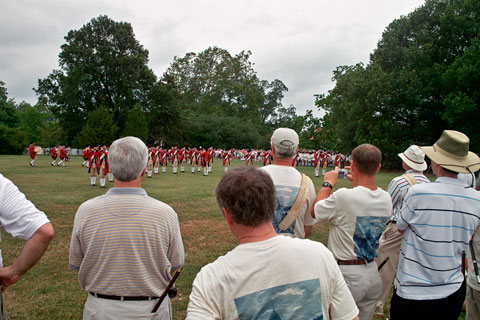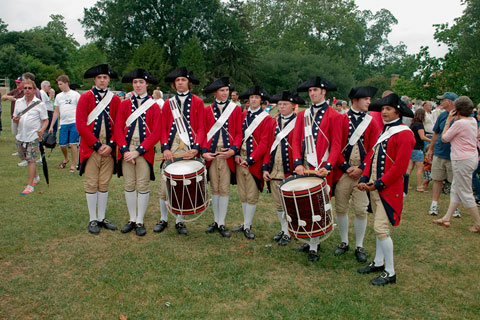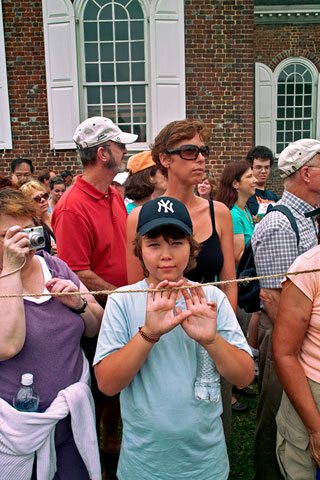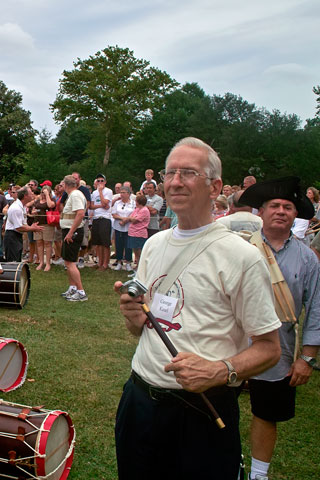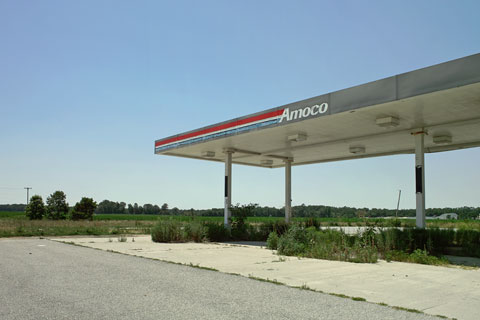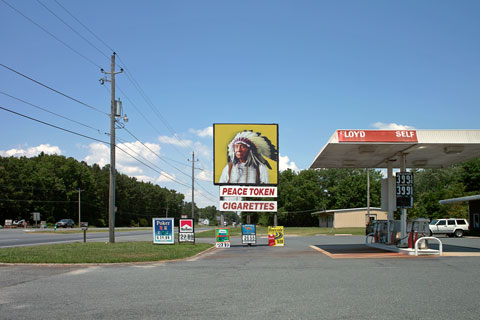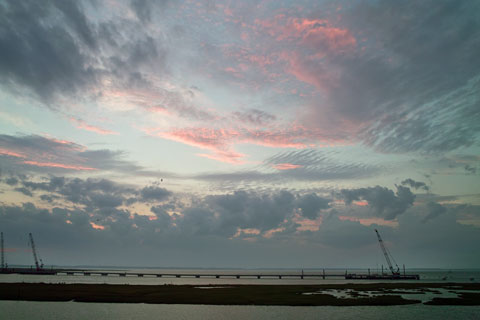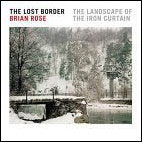New York/Fly's Eye Dome
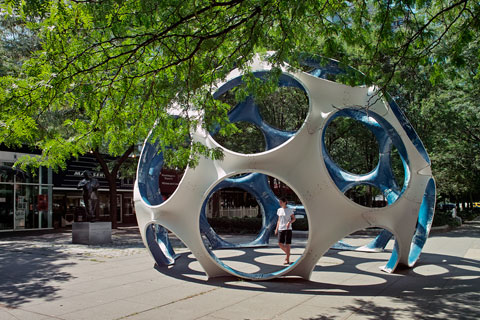
Fly's Eye Dome by Buckminster Fuller (digital)
New York has much great public sculpture of the traditional kind--generals on horseback and solitary figures standing proudly against the sky or beneath a canopy of trees. But much less of the modern kind. At least not permanently installed.
What we have instead--and it's probably a good thing--are temporary visitations of new public art. No doubt you have heard about or seen New York City Waterfalls by Olafur Eliasson, a public art project on the scale of, if not as popular as, Christo's Gates. These mega pieces, The Gates included, have the difficulty of competing with the enormous scale and spectacle of New York itself, the skyline, the bridges, Central Park, and so on.
More enjoyable to me are the smaller installations that one comes upon serendipitously. Some are designed as site specific, and others are dropped in because they fit. One such object is a Fly's Eye Dome by Buckminster Fuller. Designed as the prototype for a possible home, it sits in La Guardia Place directly in front of a bronze walking and clapping statue of Fiorello La Guardia, former mayor of New York. It looks a lot like a giant soccer ball.
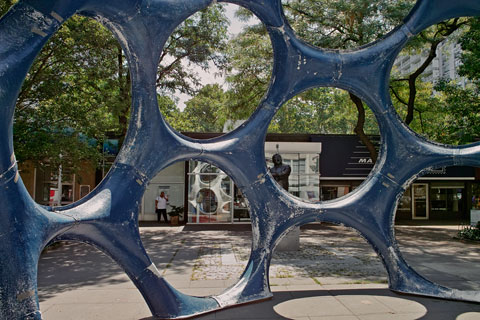
Fly's Eye Dome by Buckminster Fuller (digital)
Fuller's domes--equally organic and technological--have always been popular notions, despite never really taking off as practical schemes. Fuller's utopian optimism worked better in the 1960s, perhaps, though Fly Eye's Dome is from 1983, the year he died. But with the growing realization that the planet is rapidly going down the tubes thanks to our excesses, we will need all the crackpot visionaries and humanists--like Fuller--we have to help pull us through.



